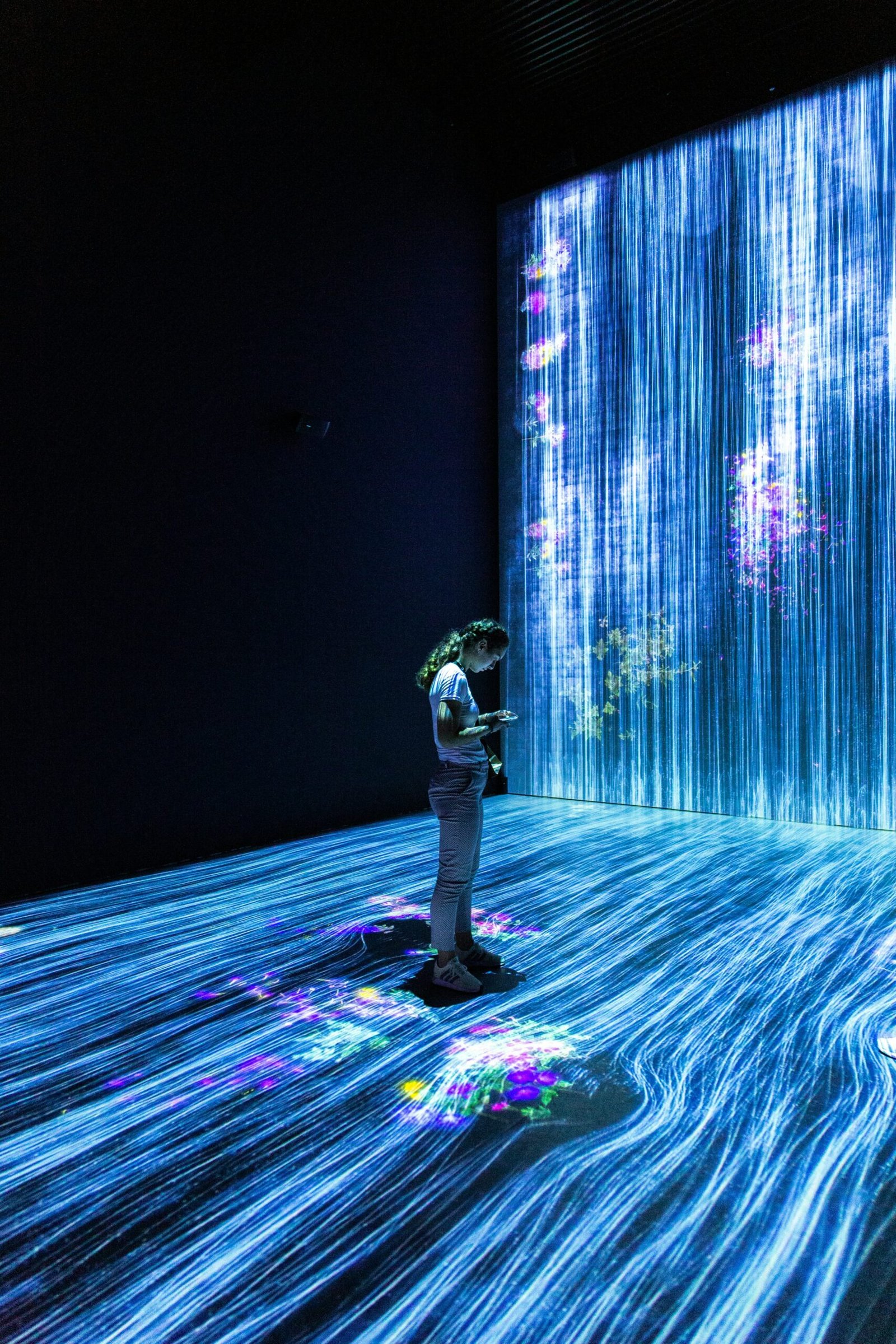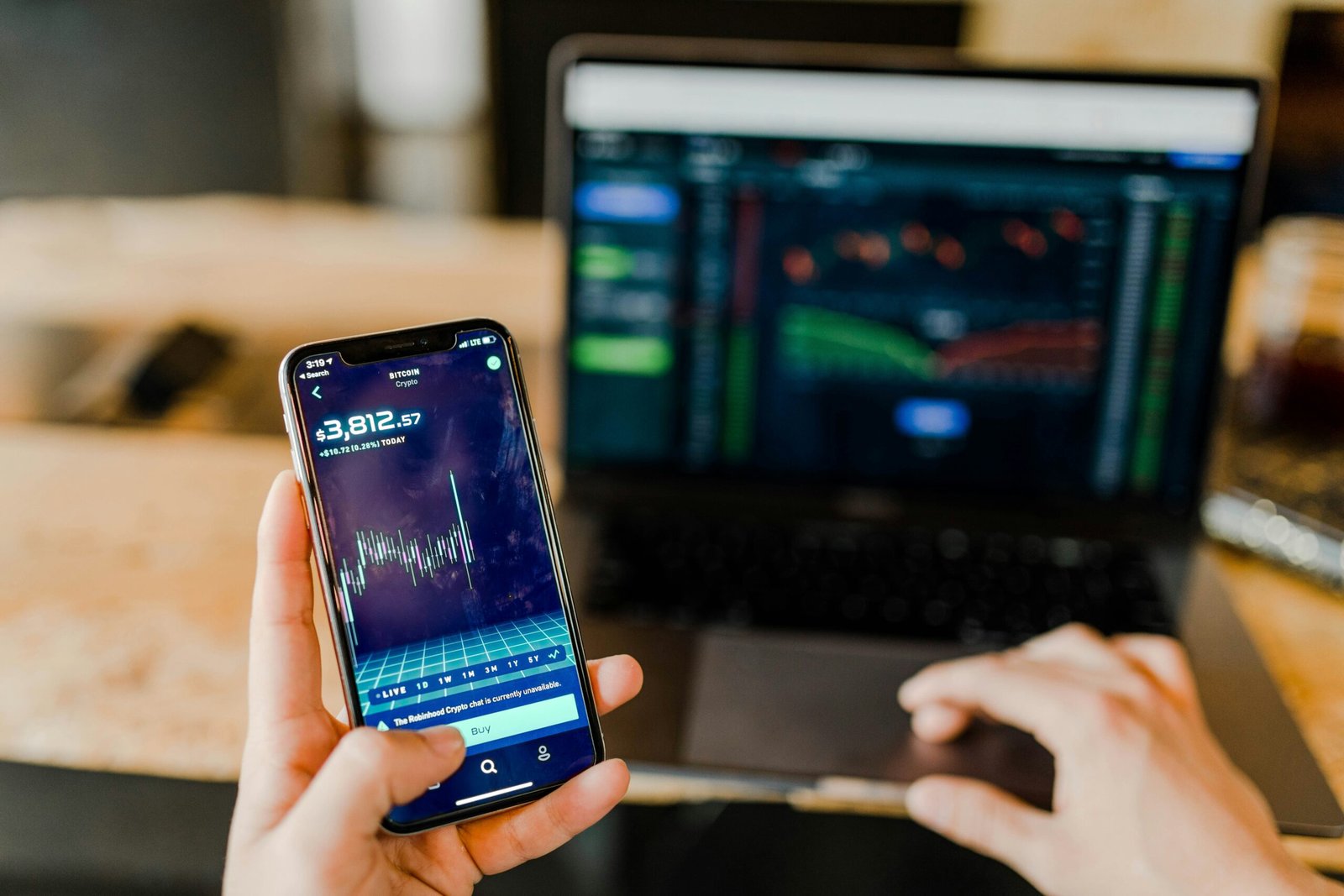The Rise of NFTs: Revolutionizing Digital Art, Collectibles, and Virtual Assets

In recent years, a new phenomenon has taken the art and digital world by storm – NFTs, or Non-Fungible Tokens. These unique digital assets have captured the attention of artists, collectors, and investors alike, revolutionizing the way we perceive and value digital art and collectibles.
What are NFTs?
NFTs are digital tokens that represent ownership or proof of authenticity of a specific digital item, such as artwork, music, videos, or even virtual real estate. Unlike cryptocurrencies like Bitcoin or Ethereum, which are fungible and can be exchanged on a like-for-like basis, NFTs are unique and cannot be exchanged on a one-to-one basis.
One of the key features of NFTs is their ability to be verified on a blockchain, a decentralized digital ledger that records transactions. This provides a transparent and immutable record of ownership, ensuring that the authenticity and provenance of the digital asset can be easily traced and verified.
The Digital Art Revolution
NFTs have opened up a whole new world for digital artists. Traditionally, digital art has struggled to gain recognition and value due to its ease of replication and distribution. However, with the advent of NFTs, artists can now create and sell unique digital artworks, with each piece being verifiably one-of-a-kind.
This has led to a surge in interest and investment in digital art. Artists who were once overlooked or undervalued in the traditional art market are now finding success and recognition in the digital art world. NFT marketplaces, such as OpenSea and Rarible, have become popular platforms for artists to showcase and sell their digital creations to a global audience.
Notable digital art sales have made headlines, with some artworks fetching millions of dollars. This newfound value and recognition for digital art has sparked a debate about the nature of art itself and the role of technology in shaping the art world.
Collectibles and Virtual Assets
In addition to digital art, NFTs have also revolutionized the world of collectibles and virtual assets. From virtual trading cards to virtual real estate, NFTs have created a market for unique and scarce digital items that can be bought, sold, and traded.
Collectibles such as CryptoKitties, which are unique virtual cats that can be bred and traded, have gained a dedicated following and have even sold for significant sums of money. Virtual real estate in virtual worlds like Decentraland has also become a sought-after commodity, with users buying and selling plots of virtual land.
These virtual assets have created new opportunities for creators, collectors, and investors. The ability to own and trade unique digital items has opened up a whole new market and economy within the digital realm.
The Future of NFTs
As NFTs continue to gain popularity, their potential applications are expanding beyond art and collectibles. Industries such as music, gaming, and even real estate are exploring the possibilities of leveraging NFT technology.
For musicians, NFTs offer a new way to monetize their work and connect with fans. Artists can release limited edition music tracks or albums as NFTs, allowing fans to own a unique piece of their favorite artist’s work. This creates a new revenue stream for musicians and a deeper level of engagement with their audience.
In the gaming industry, NFTs can be used to create and trade in-game assets, such as weapons, skins, or virtual currency. This not only adds value to the gaming experience but also allows players to truly own and control their digital assets.
Even the real estate industry is starting to explore the potential of NFTs. With virtual worlds and metaverses becoming more popular, the concept of buying and selling virtual real estate using NFTs is gaining traction. This opens up new possibilities for virtual events, conferences, and even virtual tourism.
Conclusion
The rise of NFTs has brought about a digital revolution, transforming the way we perceive, value, and trade digital assets. From digital art to virtual collectibles, NFTs have created a new market and economy within the digital realm.
As NFT technology continues to evolve and expand into new industries, it will be fascinating to see how it shapes the future of art, gaming, music, and beyond. Whether you are an artist, collector, or investor, NFTs offer a unique opportunity to be a part of this digital revolution.





